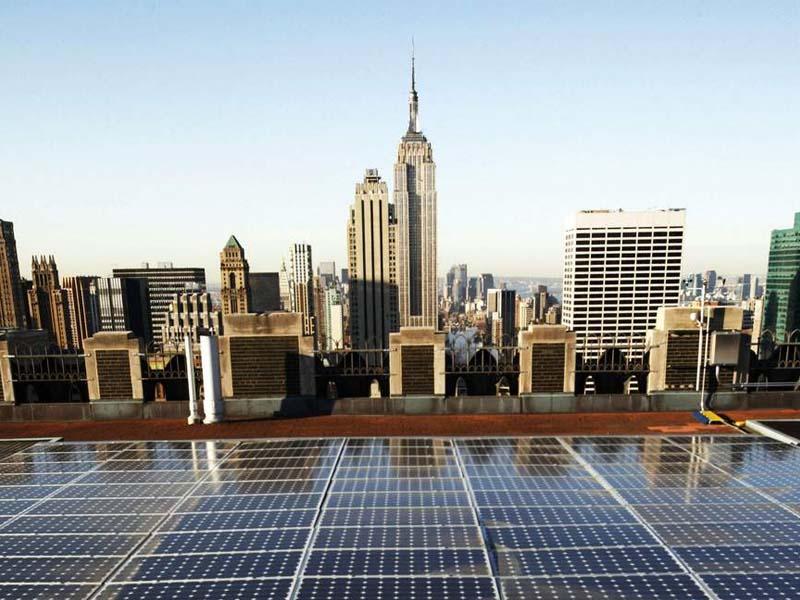Ingenuity: That’s the name of the helicopter that has to take off on Mars. Although a helicopter may be a big word, says science journalist Adriaan ter Braack. “It’s a very small thing, an aluminum box with legs, blades and a solar panel. It looks more like a drone. But it contains a lot of special technology.”
2 kilos
The Ingenuity is just under a meter high and weighs about 2 kilos. It has been on Mars since mid-February, arriving in the hold of the Perseverance in the Jezero crater.
There are three challenges for the device: the low air pressure on the planet, charging the batteries (which has to be done with solar energy while it is scarce on Mars) and the low temperatures – on Mars it gets to 90 degrees at night below zero – to which the parts are exposed.
In this animation of the Ingenuity and Perseverance you see how the Ingenuity should eventually fly:
–
–
During the first flight, the Ingenuity must rise to a height of approximately 10 meters in 3 seconds, hover for 30 seconds and then land in the same spot in a controlled manner. To do that, the rotors have to rotate 42 times per second.
Five flights
If that succeeds, the Ingenuity can probably fly around five times in the coming weeks, each time a few hundred meters. It is expected to last for about a month.
“These test flights do not directly teach us anything about Mars, other than that helicopter flights are possible in the atmosphere,” says Ter Braack. “It does not collect data about Mars.” Nevertheless, it is important that everything runs smoothly. “Then maybe a helicopter can be sent on the next mission, which, for example, can better map the Martian surface.”
–
–


